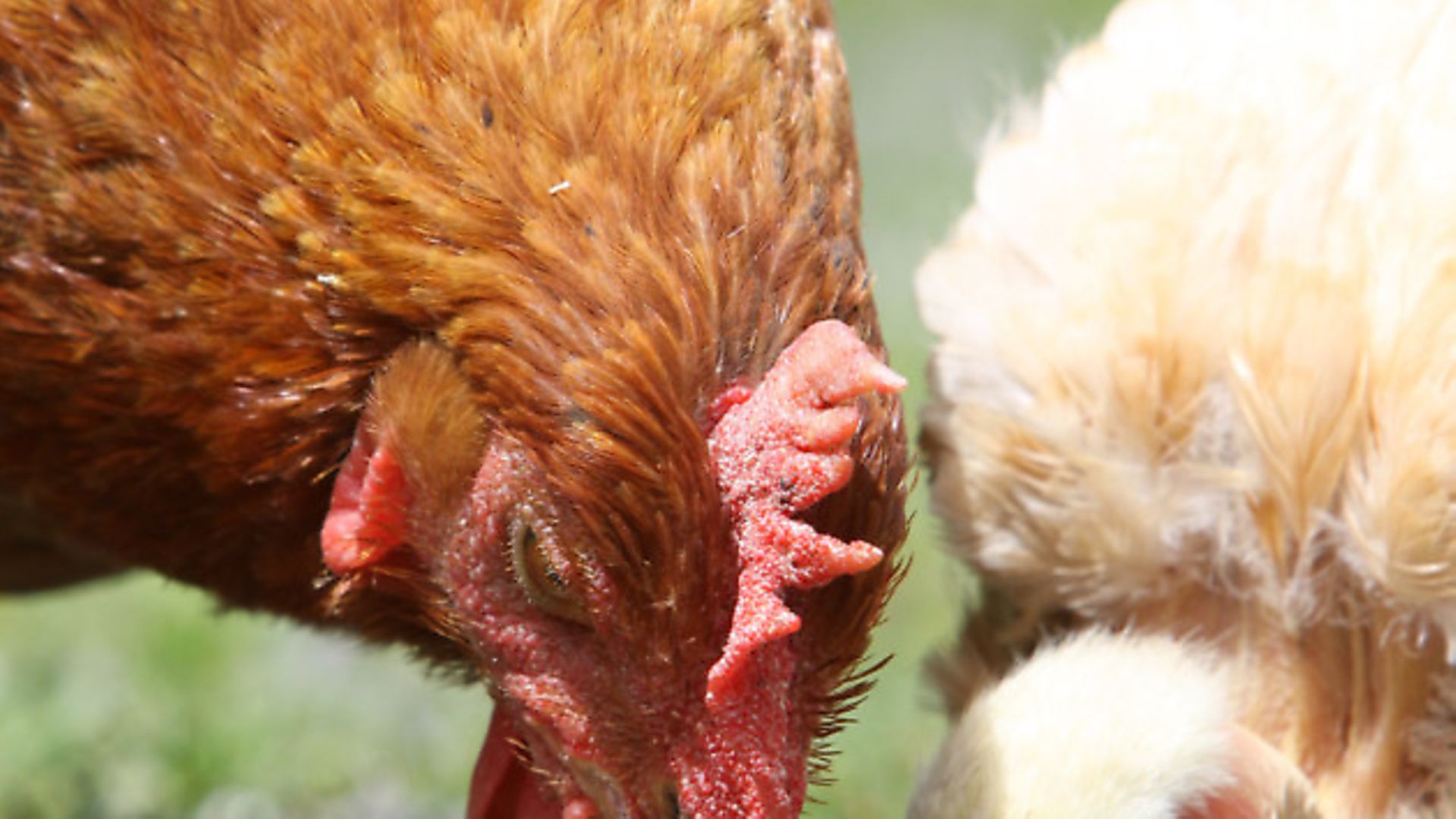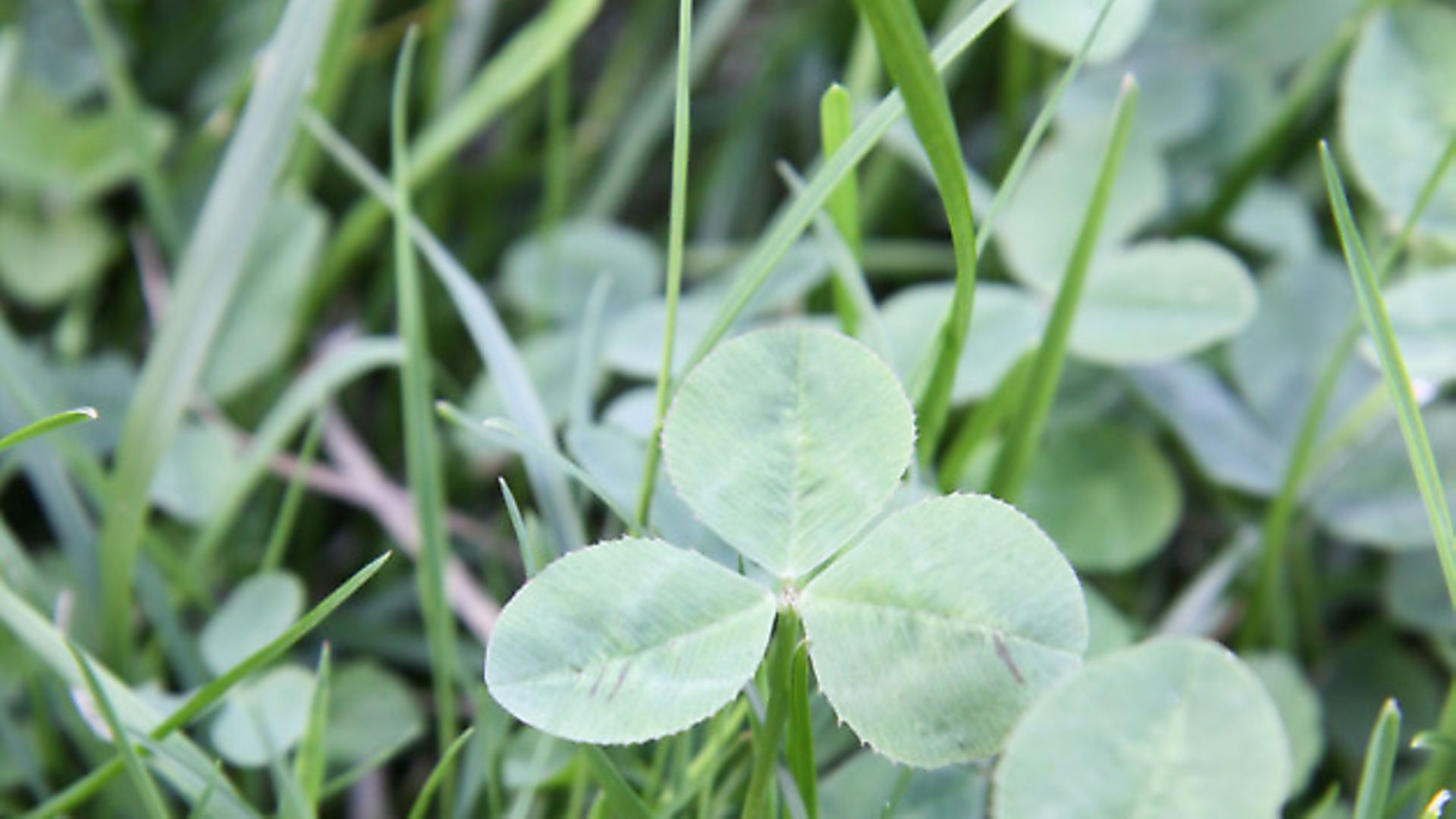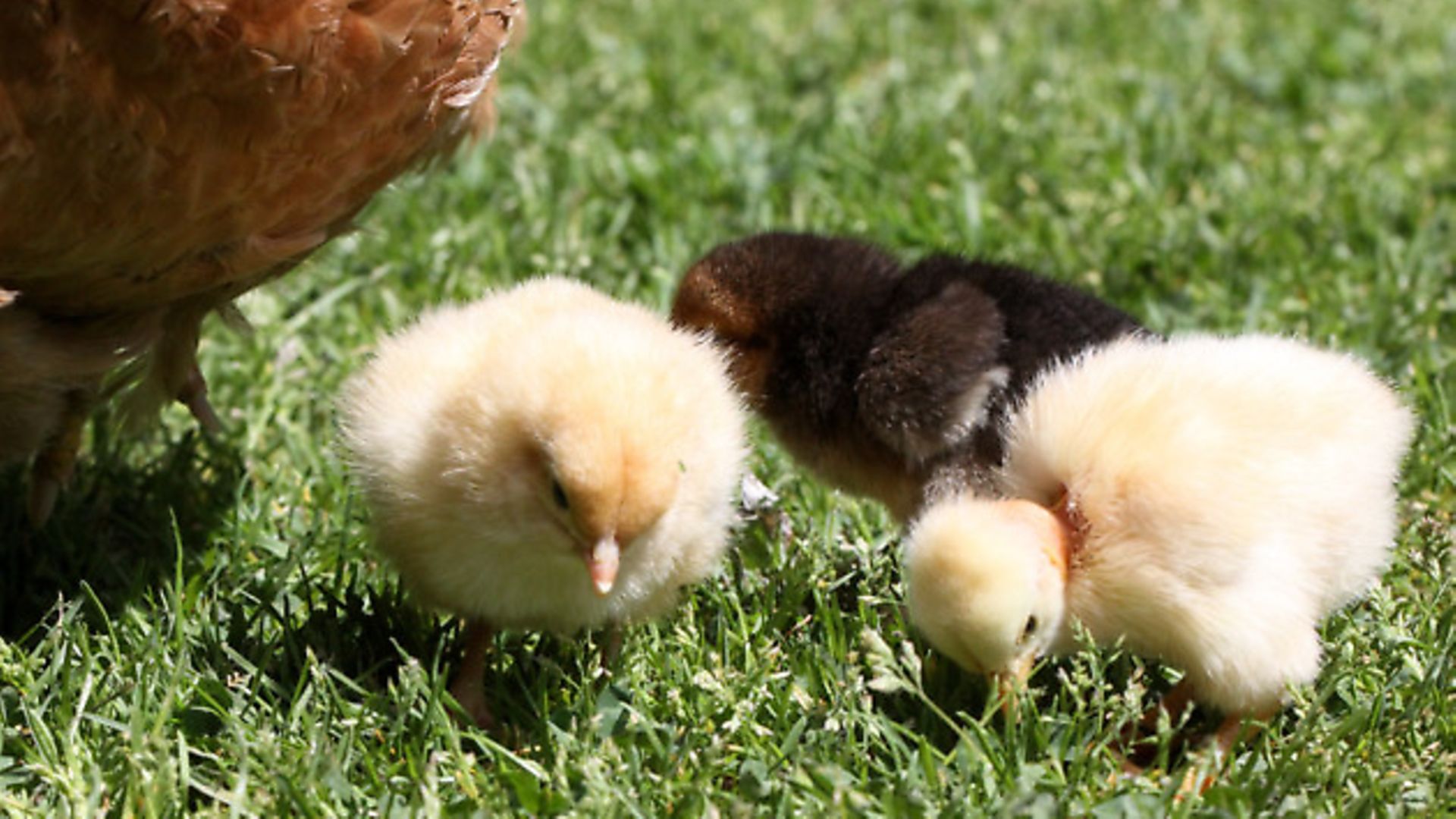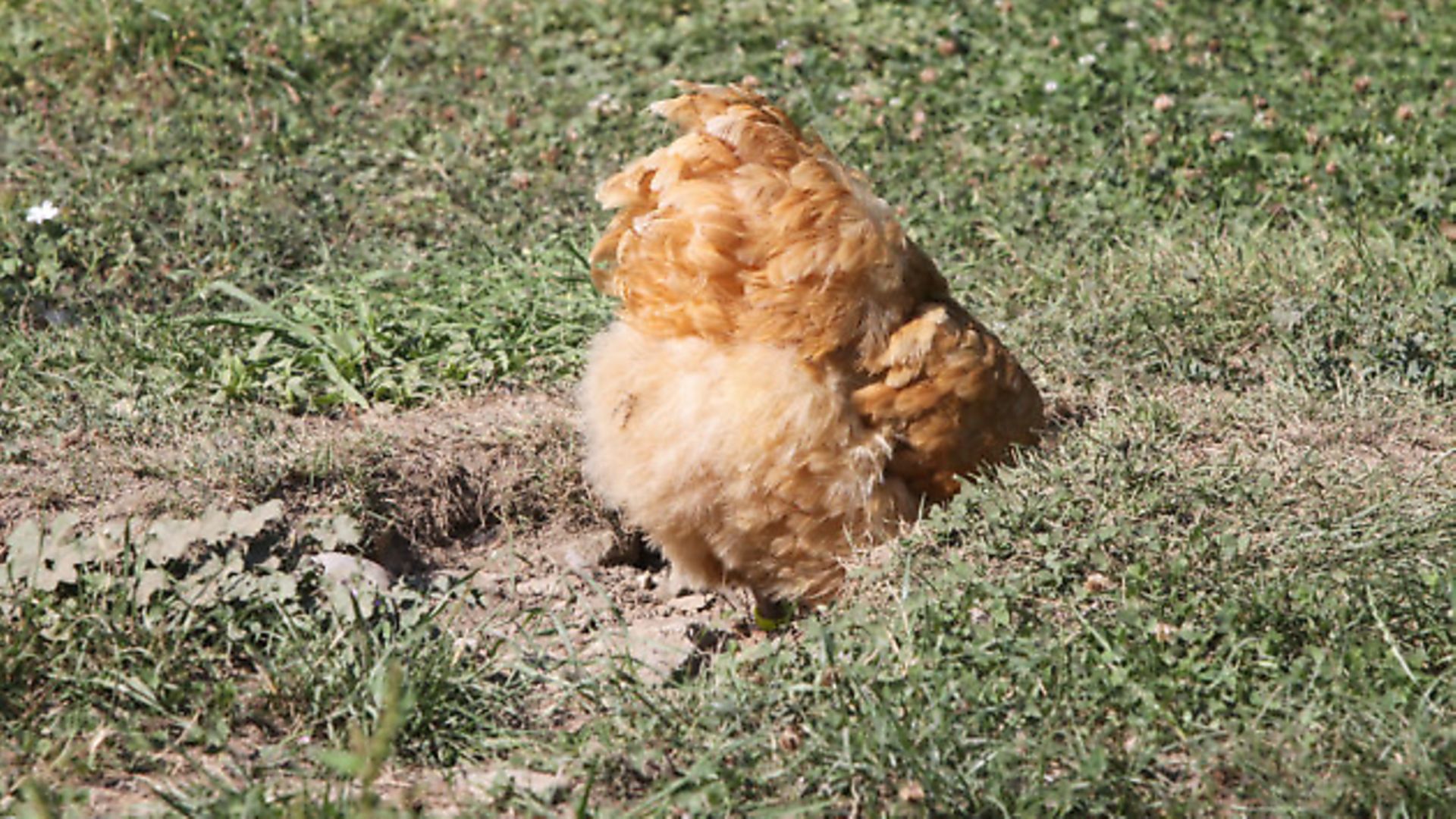Chickens who can roam free range on grass are healthier and produce better eggs. Julie Moore explains.

There’s no doubt about it, chickens are creatures of habit. It’s like clockwork; I can guarantee seeing my free-ranging flock busy foraging most of the morning and the few hours before sunset, each and every day. This frantic daily habit is not only good for them; it’s good for me too.
My hens range outdoors on pasture. They’re doing what’s natural — foraging for all manner of green plants and insects. And the result? More nutritious eggs and healthier hens.
There is mounting evidence from recent scientific studies that chickens allowed to roam freely, eat grass and bugs lay more nutritious eggs that contain:
• ? less cholesterol;
• ¼ less saturated fat;
• 2 or 3 times more vitamin A;
• 2 times more omega-3 fatty acids (and hence a healthier ratio of omega-3s to omega-6s);
• 3 times more vitamin E and

• 7 times more beta carotene
than eggs produced by chickens in confinement with no access to grass.
Foraging provides a significant amount of nutrition for my birds, especially from late spring to early autumn when the pasture is lush and the population of insects and worms is booming. Plant material is typically high in vitamins and minerals as well as providing fibre, protein, energy, carotenoids and omega-3 fatty acids. Forages are high in vitamin A, B6, E and K; exposure to sunshine allows chickens to readily synthesise vitamin D in their skin whilst worms, insects and other invertebrates provide a source of B12. Proteins are needed to build muscles, organs and all other tissues. Legumes, such as clover, are kings of the protein production, providing valuable nitrogen-rich protein. Grasses are a good source of fibre which helps to maintain a healthy digestive system.
The nutrient value of pasture changes according to the time of year and growth stage — the plant species sown and the age of the pasture will also have an impact. In the spring, the grass has a high sugar and protein content and relatively low fibre content. In summer, the sugar and protein contents fall before a resurgence in early autumn. During winter, the plants are dormant and low in some essential nutrients, particularly protein.
The highest quality and most palatable forage that can be offered to your hens is a blend of grasses and legumes such as clover which is considered very tasty.
Whilst your flock are enjoying the foraging life, they can, unknowingly be creating havoc. Perhaps you’ve noticed small areas of barrenness or a patchwork of craters popping up in their favourite foraging areas?
Many people overestimate the number of chickens their land can handle which will lead to the flock denuding the grass, if you don’t intervene. For free-ranging flocks, it’s best to generously overestimate the outdoor space required.
If excessive nutrients build up in the soil, pathogens are also likely to build up, resulting in ‘fowl sick’ land. Whilst many pathogens and parasites will die after their poultry hosts have been removed, some are able to survive longer and re-infect birds when they’re returned to the land.

Rotation is key to keeping forage young and vegetative. A chicken tractor that can be frequently moved is an ideal solution. Rotating pasture allows grass a resting period, which in turn facilitates forage re-growth. Poultry prefer to consume tender re-growth which can occur in as little as ten days after grazing.
Where bare patches or holes have appeared, you can re-sow the area and then cover with plastic netting held down with stakes or bricks so that the chickens cannot scratch through it.
Unfortunately, you’ll still need to mow the grass as poultry like their forages relatively short. Remember, forage height corresponds to palatability — younger and more succulent plants tend to be shorter. I never let the grass grow above 10cm. By keeping the grass short, you’ll also be promoting healthy crops — eating long grasses can cause an impacted crop.
There’s much more to grass than meets the eye. Not only are your hens benefiting from a nutritious and free food source, you’ll be eating more nutritious eggs too!

Image(s) provided by:
Archant
Archant
Archant
Archant







